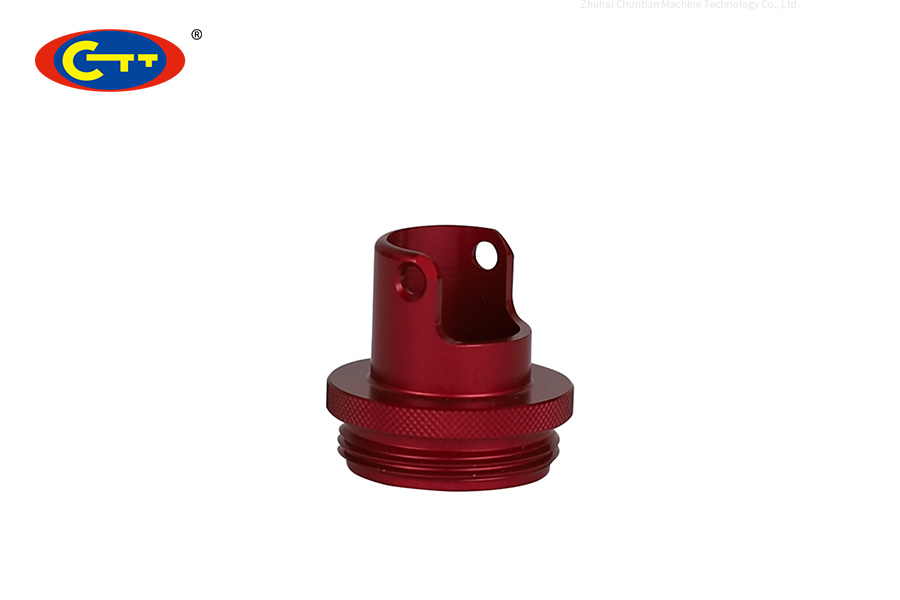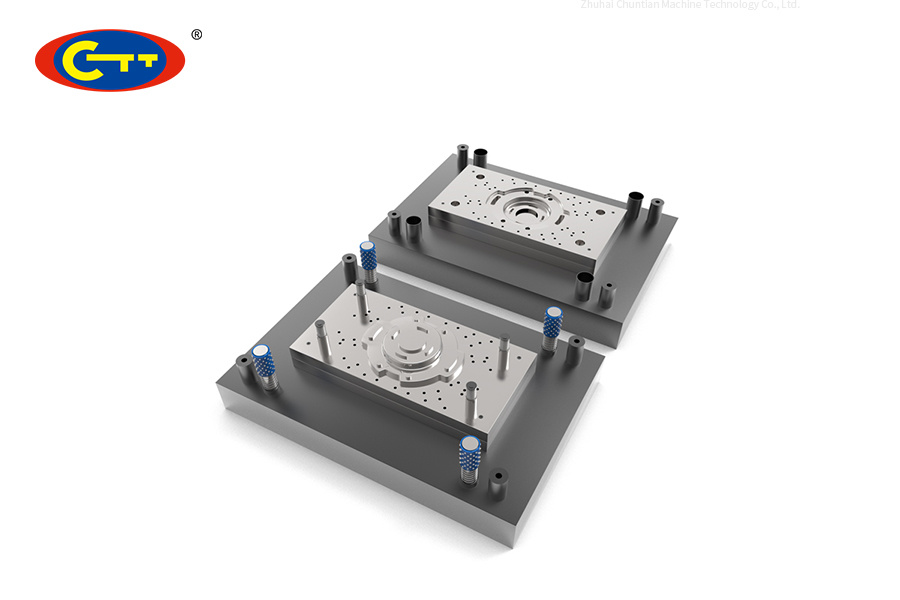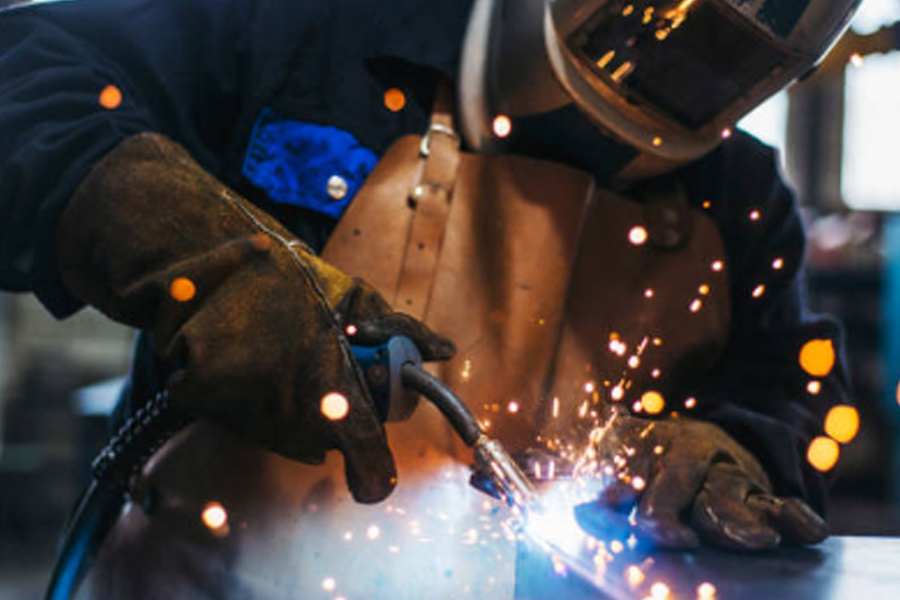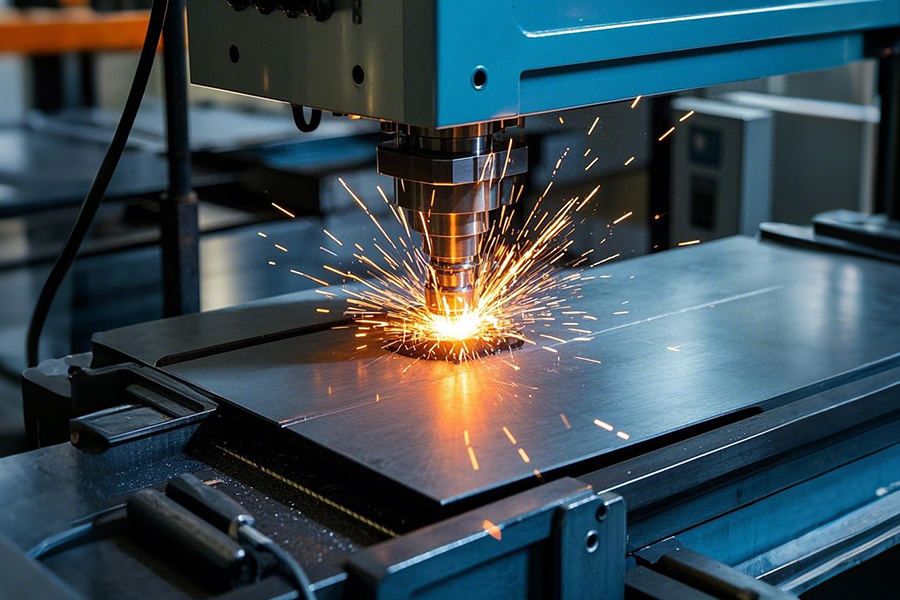Dispute over the effect of anodizing and electroplating
Release time:
2025-01-02
This article revolves around the controversy over the effects of anodizing and electroplating in sheet metal processing. Explain the process principles of the two, compare the differences in environmental protection, cost and product performance, introduce Zhuhai Chuntian Machinery Technology's response strategy, and help readers understand how to choose the appropriate surface treatment process to improve the quality and efficiency of sheet metal processing.
In modern manufacturing, especially in the field of sheet metal processing, anodizing and electroplating are two highly regarded metal surface treatment processes, but their effects have always been widely controversial.
Anodizing, as an electrochemical process, has unique advantages in sheet metal processing. Taking aluminum alloy sheet metal as an example, when anodizing, a hard and porous aluminum oxide film will be formed on the aluminum surface through the action of electric current. This film not only greatly enhances the wear resistance of the metal, enabling it to effectively resist scratches and wear in daily use, but also significantly improves the corrosion resistance, and can provide reliable protection for sheet metal parts even in harsh environmental conditions. Moreover, the anodizing process can achieve a rich variety of color effects, from classic silver and black to bright red and blue, etc., to meet the pursuit of personalized product appearance by different customers. At the same time, these colors are produced by the interference effect of the film layer, with good durability and stability.

Electroplating is another common surface treatment method. In sheet metal processing, electroplating can deposit a thin layer of metal coating on the metal surface, such as chrome plating, zinc plating, etc. The surface of sheet metal after chrome plating presents a bright mirror effect, with excellent decorative properties. It is often used in automotive decorative strips, bathroom hardware and other products to enhance their beauty and grade. Galvanizing is mainly used to prevent sheet metal parts from rusting. The dense protective film formed by the zinc layer in the air can effectively block the erosion of oxygen and moisture. It is widely used in the protection of metal structural parts in the construction, power and other industries.
However, the effects of these two processes in practical applications are also very controversial. From an environmental protection perspective, a large amount of chemicals are often used in the electroplating process, which produces wastewater containing heavy metal ions, such as chromium ions and nickel ions. If not handled properly, it will cause serious pollution to the soil and water sources and pose a threat to the ecological environment. In contrast, although anodizing also produces some wastewater and exhaust gas, the overall pollution level is relatively low, and its emissions are easier to handle and meet standards.
In terms of cost, the cost of electroplating is usually higher. On the one hand, the metal plating materials used in electroplating, especially precious metal plating, are expensive; on the other hand, the electroplating process is relatively complex, requiring precise control of parameters such as current, temperature, and time, and has strict requirements on the composition and purity of the plating solution, which means that higher equipment investment and technical maintenance costs are required. The cost of anodizing is relatively low, but the realization of its color richness and special effects may require additional additives and processing steps, which will also increase the cost to a certain extent.

From the perspective of product performance, the oxide film formed by anodizing is closely combined with the base metal, has good adhesion, is not easy to peel off and peel, and can maintain its protective and decorative properties for a long time. If the electroplating layer is not finely treated before plating, quality problems such as blistering and shedding of the coating may occur, affecting the service life and appearance integrity of the product.
Zhuhai Chuntian Machinery Technology has a deep understanding of the respective advantages and disadvantages of anodizing and electroplating during sheet metal processing. When facing the needs of different customers and product application scenarios, we will comprehensively consider factors such as environmental protection requirements, cost budget, product performance, and appearance design, and carefully select the appropriate surface treatment process. For some sheet metal products that have high requirements for environmental protection, focus on cost control, and have certain requirements for color, anodizing may be the first choice; while for those high-end products that pursue the ultimate decorative effect, have special requirements for corrosion resistance and have sufficient budget, electroplating can better meet the needs. Through the scientific and reasonable use of these two processes, we provide customers with high-quality, efficient, and environmentally friendly sheet metal processing solutions, find the best balance point in the controversy over metal surface treatment, and promote the sheet metal processing industry to develop in a more green, intelligent, and high-quality direction.
Key Words






